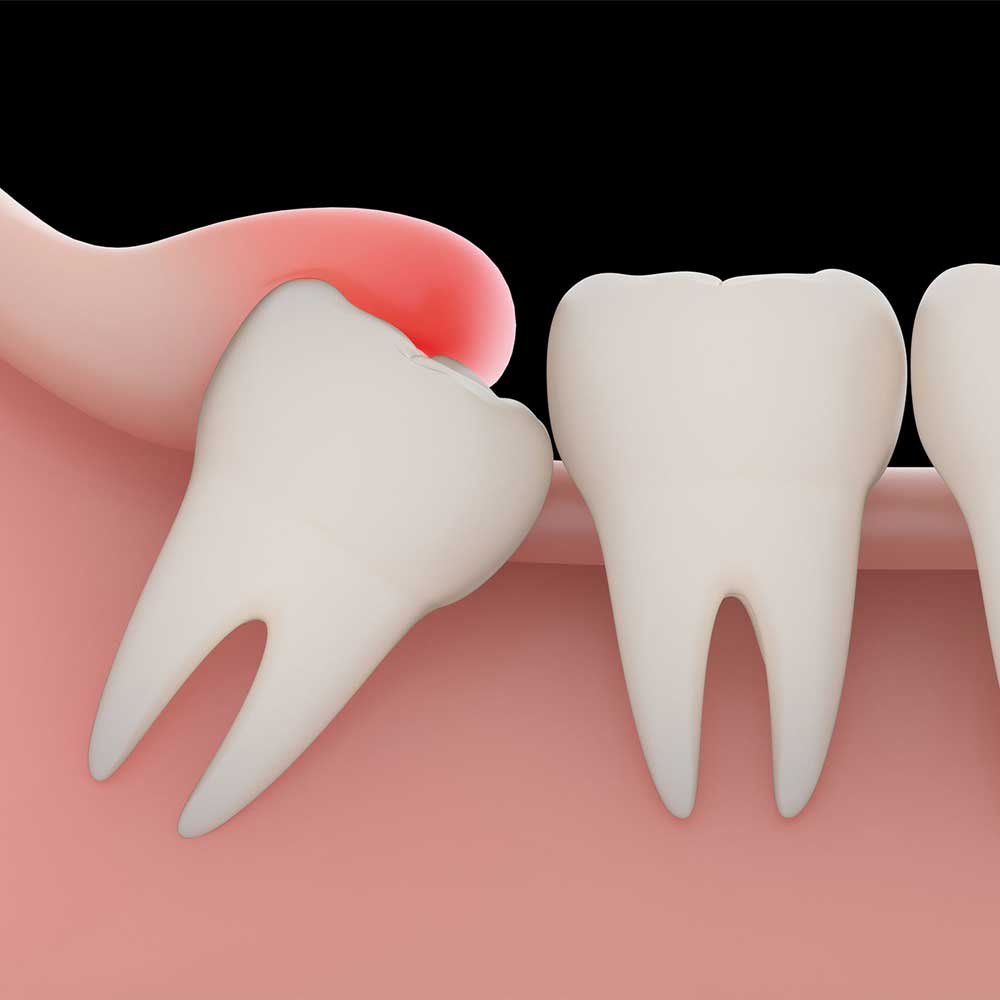


Lastly, the internal structure, if exposed, is challenging to instrument during nonsurgical periodontal therapy (Figure 6). The furcation openings are a little wider than the maxillary molars at 0.75 mm to 1 mm. The buccal furcation is only 3 mm from the CEJ and the lingual furcation is only 4 mm from the CEJ. 3,4 As for the proximal surfaces, the mesial is flat and has a slight concavity and the distal is flat to convex (Figure 5).Īgain, assessing the degree of furcation involvement is paramount for thorough periodontal debridement and tooth survival rates. 4 The association of enamel projections and furcation involvement is statistically significant, indicating the role these anomalies play in the progression of periodontal diseases. 3 The prevalence, however, has been shown to be significant in molar teeth (eg, 72%). Enamel projections are found more frequently in the mandibular molars than the maxillary molars (2:1), and perhaps more frequently on second molars. Enamel pearls or projections could also be present at the mid-buccal CEJ and concavity. Also, a groove might exist within the concavity (Figure 4). 1 This buccal and lingual root trunk has a concavity starting about half-way between the CEJ and the furcation roof and extending into the furcation. The double-rooted mandibular first molar has a convex root trunk on the buccal and lingual surfaces. This molar has a bucco-lingual diameter of 11 mm and is the widest tooth in the oral cavity, emphasizing the importance of using an instrument with a working end long enough to overlap at the midline. One-half of the width is used to gauge if an instrument’s working end can reach and overlap the midline of the proximal surface. This cervical line curvature, or lack thereof, is important for deciphering calculus deposit from root surface anatomy.Īdditionally, the width of a molar’s root near its cervix is important. This molar has a mesial proximal curvature of 1 mm, and no curvature on the distal surface. The location of the cervical line or CEJ is of interest when removing deposit from proximal surfaces. FIGURE 3.Maxillary first molar: internal concavities. It is also important to review the internal concavities of the first molar furcations, which present an additional challenge for instrumentation if destruction of the periodontium has permitted exposure (Figure 3). In fact, the blade face width of universal and area-specific curets is from 0.75 mm to 1.1 mm and area-specific curets are slightly narrower than universal curets. The opening of the buccal furcation is only 0.5 mm wide, the mesial furcation is 0.75 mm and the distal furcation is 0.5 mm to 0.75 mm wide. The opening at the roof of the furcation is very narrow, making entrance by a hand-activated instrument challenging. The distal furcation entrance, however, is located in the midline and can be approached from either the buccal or lingual surface. 2 Access to the mesial furcation is best from the lingual surface because the entrance is located lingually and not directly in the midline. Therefore, the furcation can be exposed with slight, moderate, or severe (advanced) periodontitis depending on the height of the gingival margin and the amount of recession (Table 1). Likewise, the mesial furcation roof is 3 mm from the CEJ and the distal furcation roof is 5 mm from the CEJ. Usually, the buccal furcation roof is located only 4 mm from the CEJ. It is important to remember how close in proximity maxillary first molar furcation roofs can be to the CEJ. FIGURE 2. Maxillary first molar: mesial and distal (right). Maxillary first molar buccal and lingual (left). The buccal and lingual root lengths are about 12 mm and 13 mm, respectively. The distal surface has a broad and shallow surface depression extending coronally to the cementoenamel junction (CEJ) (Figure 2). The mesial surface of the maxillary first molar has a concavity leading into the furcation. 1 The palatal root is usually convex, however, it could contain shallow concavities. The root morphology of the maxillary first molar includes a concavity leading into the furcation area between the two buccal roots (Figure 1). One of the first considerations for hand-activated instrumentation for first molar teeth is the suspected anatomy of the root. Generally, the more advanced the periodontitis, the more complex the instrument selection and periodontal instrumentation. Efficacious mechanical debridement is an essential component of care for patients with periodontitis.


 0 kommentar(er)
0 kommentar(er)
